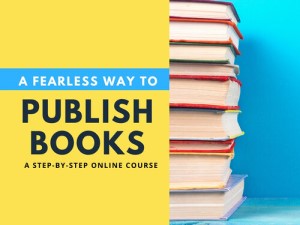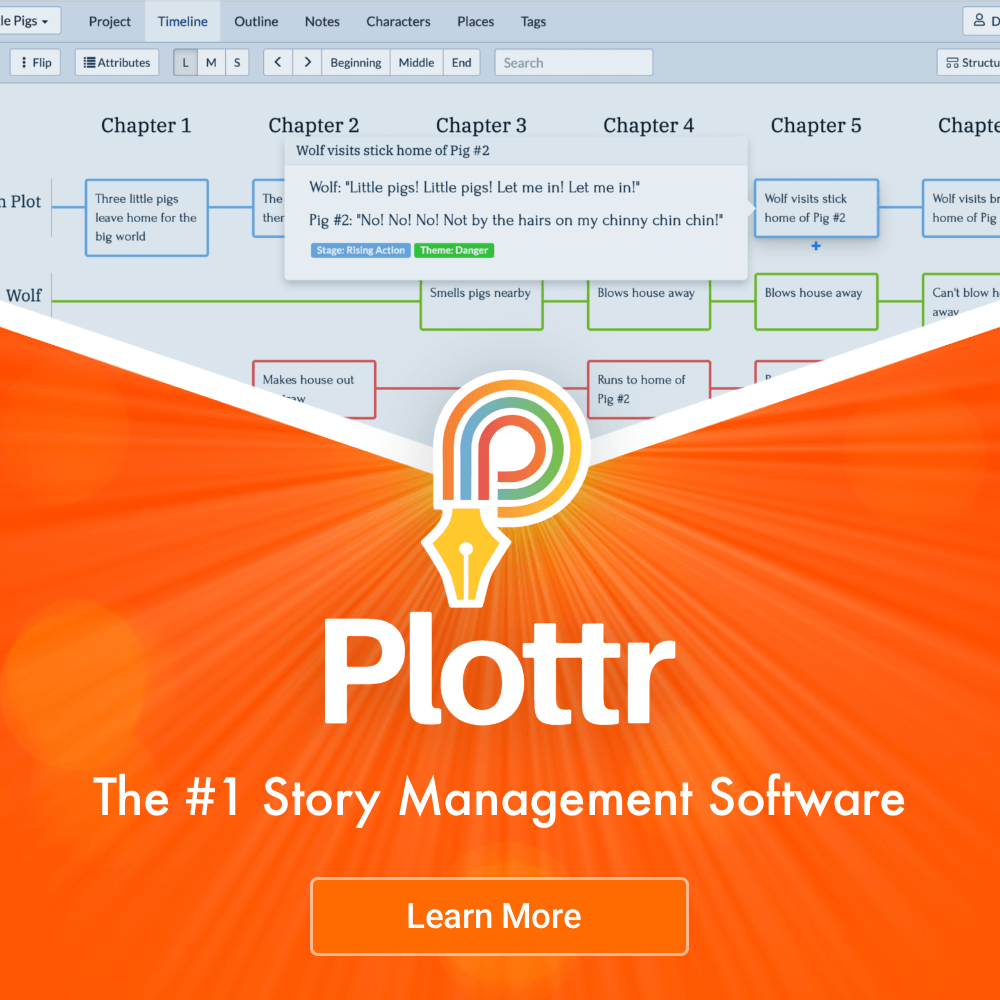As a self-published or indie author, there’s a lot to cover. From writing and editing the book, to getting it published. But above all, you need to be sure your book resonates with your audience.
This is where beta readers step in.
Beta reading is a part of the pre-publishing phase for your book. Whether you have a presentable manuscript or a finished chapter, you can bring in beta readers at any time.
Why use beta readers?
Beta readers can help figure out weak spots in your manuscript as follows:
- You’ll get an idea of how readers might react to your published book.
- They can help you verify the right target audience(s).
- They’ll give you honest feedback on your book. This may include plot, flow, and whether or not your work is enjoyable.
It’s best to have at least 2 beta readers. At most, 5 or 6 are enough because you need a moderate amount of feedback to compare and contrast.
Who do you want as beta readers?
Beta readers can be people you already know or even total strangers. It all boils down to your target audience, which may or may not include the following:
- Friends and family members.
- Writers and editors.
- Literature graduates and critics.
- Readers from various backgrounds (depending on your target audience).
Note that your close ones might not give you honest feedback to avoid hurting you. In the same way, writers and editors could be biased too. They may criticize your work solely based on their idea of ‘good writing’.
Instead, you can consider the following factors to select beta readers:
- Focus on the age group your book was written for.
- Choose ‘specialty’ beta readers. That is, pick readers who thoroughly enjoy your book’s genre.
- Go on Goodreads, freelance service websites like Fiverr, or other social media platforms. There’s a higher chance of finding the right fit for your book.
- Instead of focusing on one target audience, get several beta readers at different points. This is a good approach if your book has many chapters or targets many age groups.
Remember, there’s no restriction to who a good beta reader can be. Your focus should be on preparing your manuscript for beta readers.
How do you prepare your manuscript for beta readers?
Your manuscript needs to be free from errors. It must be edited as much as possible before handing it over to them.
- Proofread your manuscript. Although it isn’t the final version of the book, it needs to be legible.
- Prepare your manuscript in the format the beta reader is comfortable with. Would they like a hard copy over a soft copy? If not, would they prefer a Word document, Google Drive, or any other platform?
- Specify which document was read by the beta reader. You can add their name to the document file name. In case of a hard copy, write the beta reader’s name on the first page or whatever suits you best.
- Set a due date in advance and highlight when you want the manuscript back. So if a beta reader is unavailable, you can pick someone else.
After all is done, it’s time for the beta reading process!
The beta reading process
It’s exciting to be on the actual stage, isn’t it? But you need to make the most out of it. So let’s divide it into two prominent phases.
1. Before/during the beta reading process
Ask your beta reader to take notes while they’re reading. Here are some questions they can highlight.
- Their reaction to the opening and ending of your manuscript.
- Make them guess what happens next.
- They can note down when they feel like the content is becoming slow and repetitive.
- Do they think a certain chapter is too long or too short?
- Does any character seem irrelevant or is there the need to add a character?
- Dialogues, scenes that they might have found confusing.
Tip: Make this process easier by preparing a questionnaire in advance. Keep it short and to the point.
2. After the beta reading process
What happens after you’ve got feedback on your work?
- Compile the beta readers’ comments in a new file.
- Detect the points where they agree or disagree.
- Similar points might be where improvement is needed for sure.
- In case of a soft copy, keep or delete comments as you move through the file.
- In the case of a hard copy, you can strike off irrelevant things.
Remember to be as honest as possible. Stay open to constructive criticism and don’t let it get to your heart. Otherwise, you won’t get anything out of the beta reading process.
Recap
All in all, beta reading is important before publishing your work. It is different from editing because the focus is on the ability of your book to connect with readers. As a self-published or indie author, you can choose beta readers based on your genre, target audience, or anything you see fit!







